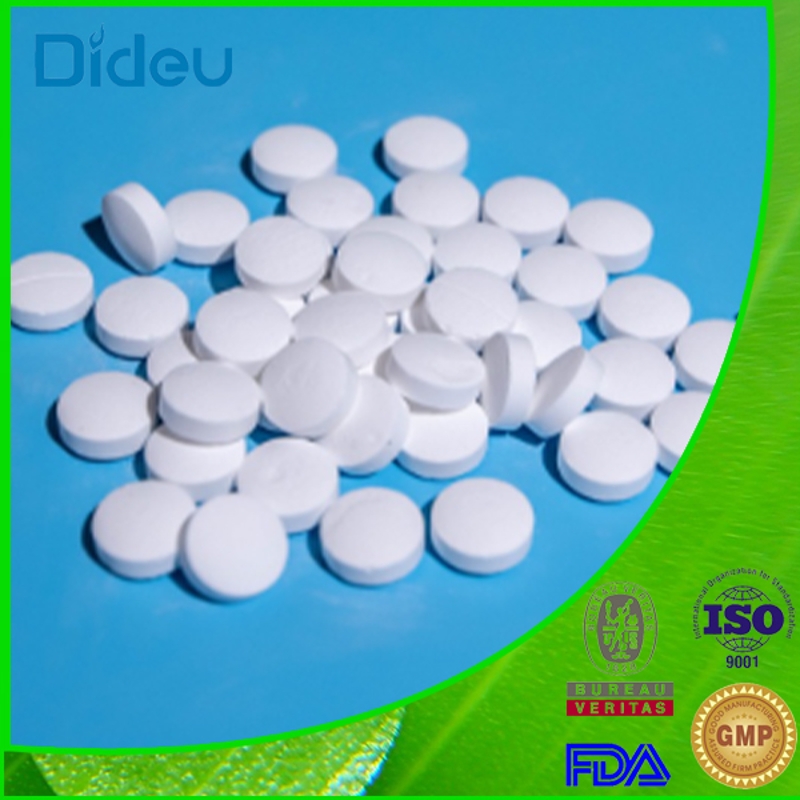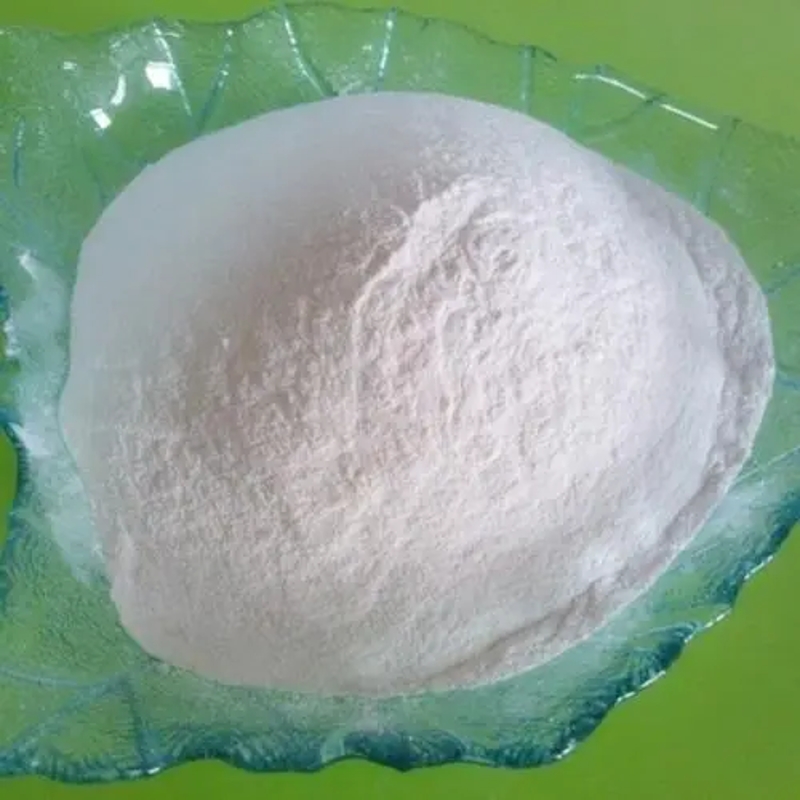-
Categories
-
Pharmaceutical Intermediates
-
Active Pharmaceutical Ingredients
-
Food Additives
- Industrial Coatings
- Agrochemicals
- Dyes and Pigments
- Surfactant
- Flavors and Fragrances
- Chemical Reagents
- Catalyst and Auxiliary
- Natural Products
- Inorganic Chemistry
-
Organic Chemistry
-
Biochemical Engineering
- Analytical Chemistry
- Cosmetic Ingredient
-
Pharmaceutical Intermediates
Promotion
ECHEMI Mall
Wholesale
Weekly Price
Exhibition
News
-
Trade Service
A study published in Nature Communications, Combination of pre-adapted bacteriophage therapy and antibiotics for treatment of fracture-related infection due to pandrug-resistant Klebsiella pneumoniae, pointed out that the combination of phage therapy and antibiotics can significantly improve patients with fracture-related pancreatitis Physical status of a 30-year-old patient with drug-resistant Klebsiella pneumoniae infection
.
This case study shows the potential of phage therapy to treat drug-resistant infections
.
Pan-resistant bacteria (also known as superbugs), which are resistant to all antimicrobial drugs on the market, are posing a growing threat to public health due to limited treatment options
.
An alternative treatment is to use bacteriophages - viruses that infect and kill bacteria
.
Anaïs Eskenazi of the Infectious Diseases Clinic, Erasmus Hospital, University of Brussels, Belgium, and colleagues report the results of a 30-year-old woman with fracture-associated pan-drug-resistant Klebsiella pneumoniae infection who underwent 6 days of phage therapy.
Injured in an explosion, antibiotics were used for almost two years, but to no avail
.
The authors of the paper obtained a phage with the most lethality to Klebsiella pneumoniae through screening and transformation, and the phage was specific to the Klebsiella pneumoniae strain extracted from this patient
.
The pre-engineered phage -- administered topically to wounds -- was used in combination with antibiotics
.
Three months later, the patient's general condition had improved and the wound had begun to heal with no signs of bacterial infection
.
Three years after the phage-antibiotic combination, the patient regained mobility and was able to participate in sports
.
According to the authors, this case study highlights the potential of phage therapy, but may require complex personalization of the therapy, which also poses challenges for the application of the therapy to a larger patient population
.
Timeline of associated surgery (green), microbiological results (blue), antibiotic treatment (dark grey) and phage treatment (magenta) course
.
Source: Eskenazi et al.
©NatureNat Com | doi: 10.
1038/s41467-021-27656-z
.
This case study shows the potential of phage therapy to treat drug-resistant infections
.
Pan-resistant bacteria (also known as superbugs), which are resistant to all antimicrobial drugs on the market, are posing a growing threat to public health due to limited treatment options
.
An alternative treatment is to use bacteriophages - viruses that infect and kill bacteria
.
Anaïs Eskenazi of the Infectious Diseases Clinic, Erasmus Hospital, University of Brussels, Belgium, and colleagues report the results of a 30-year-old woman with fracture-associated pan-drug-resistant Klebsiella pneumoniae infection who underwent 6 days of phage therapy.
Injured in an explosion, antibiotics were used for almost two years, but to no avail
.
The authors of the paper obtained a phage with the most lethality to Klebsiella pneumoniae through screening and transformation, and the phage was specific to the Klebsiella pneumoniae strain extracted from this patient
.
The pre-engineered phage -- administered topically to wounds -- was used in combination with antibiotics
.
Three months later, the patient's general condition had improved and the wound had begun to heal with no signs of bacterial infection
.
Three years after the phage-antibiotic combination, the patient regained mobility and was able to participate in sports
.
According to the authors, this case study highlights the potential of phage therapy, but may require complex personalization of the therapy, which also poses challenges for the application of the therapy to a larger patient population
.
Timeline of associated surgery (green), microbiological results (blue), antibiotic treatment (dark grey) and phage treatment (magenta) course
.
Source: Eskenazi et al.
©NatureNat Com | doi: 10.
1038/s41467-021-27656-z







